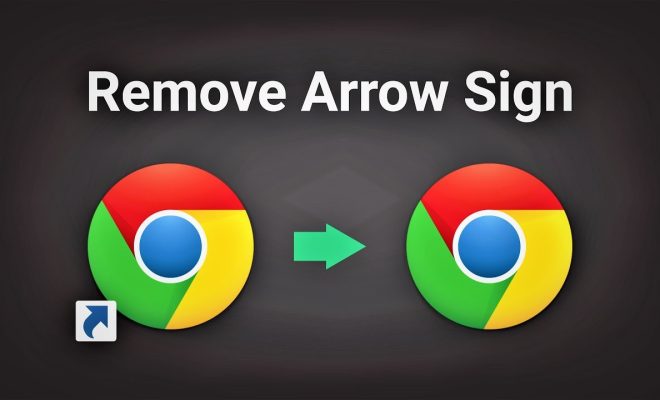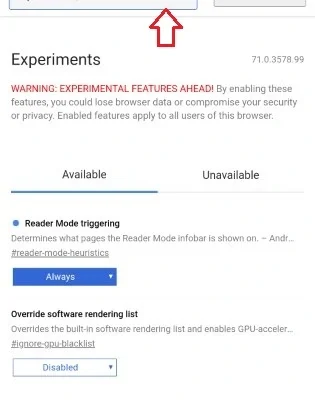How to Fix the Windows Stop Code Memory Management BSOD

If you experience the dreaded Blue Screen of Death (BSOD) on your Windows computer, chances are you’re dealing with a Stop Code Memory Management error. This particular BSOD indicates that your computer has encountered a problem with its memory, which can be caused by a variety of issues. Fortunately, there are several ways you can fix the Windows Stop Code Memory Management BSOD, and we’re going to cover them in this article.
1. Check for hardware issues
One of the most common causes of memory management errors is faulty RAM. To determine if this is the case, you can run a memory diagnostic test. This can be done by typing “Windows Memory Diagnostic” into the Start menu search bar and clicking on the program when it appears. From there, you can choose to either restart your computer and run the test immediately or schedule it for the next time you restart your computer.
If the test reveals that there is a problem with your memory, you will need to replace the faulty RAM stick or sticks. This is not a task for the average computer user, so we recommend taking your computer to a professional to handle the repair.
2. Update your drivers
Obsolete or corrupt drivers can also cause memory management errors. You can check for and update your drivers using the Device Manager. To do this, right-click on the Start menu and select “Device Manager”. From there, you can click on each device to expand it and select “Update Driver Software” from the right-click menu.
If there is a driver that needs to be updated, you can select “Search automatically for updated driver software” or download the updated driver from the manufacturer’s website.
3. Run a disk cleanup
If your computer’s hard drive is full or cluttered with unnecessary files, it can also cause memory management errors. To free up space and clear out unnecessary files, you can run a disk cleanup. To do this, type “Disk Cleanup” into the Start menu search bar and select the program when it appears.
From there, you can select the drive you want to clean up (usually the C drive) and click on “OK”. The program will then scan your computer for unnecessary files and give you the option to delete them.
4. Check for viruses
Malware and viruses can also cause stop code memory management errors. To check for and remove any malware from your computer, you can run a virus scan using your installed antivirus software. If you do not have antivirus software installed, there are plenty of free options available online.
5. Reset your computer
If none of the above fixes work, you can try resetting your computer to its default settings. This will erase all of your files and settings, so it should only be done as a last resort. To reset your computer, go to the Start menu and select “Settings”. From there, select “Update & Security” and then “Recovery”. Under “Reset this PC”, select “Get started” and follow the on-screen instructions.





